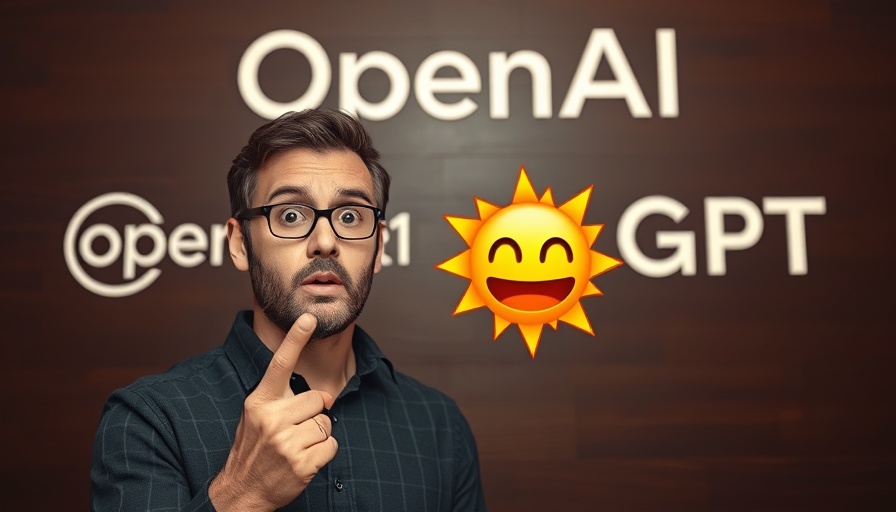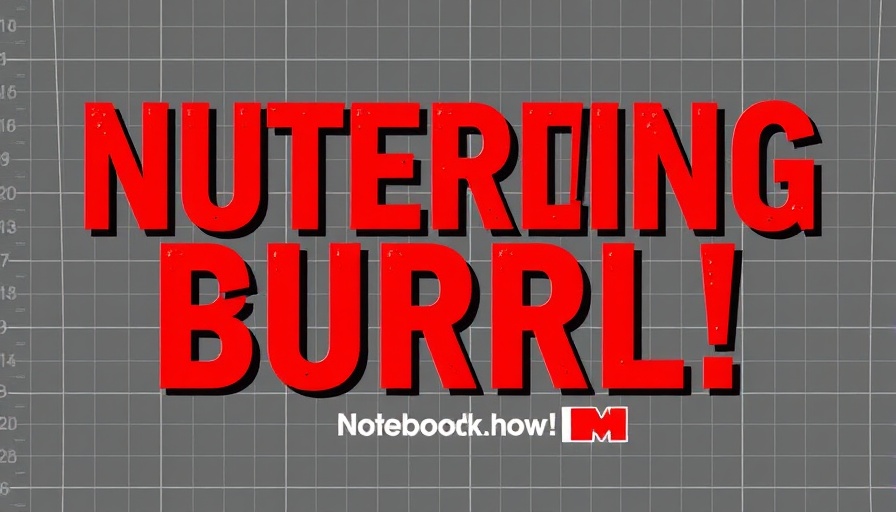
Unlocking Creative Expression with OpenAI's GPT-Image-1 API
The digital landscape is evolving, and with it comes the emergence of new tools that empower individuals, marketers, and creators alike. The recent release of OpenAI's GPT-Image-1 API represents a significant leap in the realm of image generation, offering an accessible yet powerful means for creating visually compelling content. As highlighted in the insightful overview provided by Daniel Hayes, this state-of-the-art technology unlocks unprecedented opportunities for users to design unique images swiftly and efficiently.
In 'OpenAI gpt-image-1 API + Cline is WILD! 🤯', the discussion dives into the transformative capabilities of the new GPT-Image-1 API, exploring key insights that sparked deeper analysis on our end.
Why the GPT-Image-1 API Stands Out
While many may already be familiar with traditional image generation methods like DALL-E, the GPT-Image-1 API sets itself apart by offering remarkably high-quality outputs and user-friendly interactions. The API allows automation of tasks like YouTube thumbnail creation, which traditionally relies heavily on graphic designers. By implementing this API, anyone—from social media marketers to small business owners—can produce quality images that were once reserved for specialists.
How to Create Stunning Visuals in Minutes
The practicality of the GPT-Image-1 API shines through in the ease of setup and utilization. As demonstrated in recent applications, users can generate impressive thumbnails in mere minutes. The process begins with simply constructing prompts that clearly articulate the desired visual. For those new to coding or API integration, tools like Visual Studio Code further simplify the process, allowing users to plug in their API key and get started.
The Broader Implications of Image Generation Technology
This game-changing technology doesn’t just end with thumbnail creation; its implications extend into various fields, from marketing campaigns to personalized content creation. Imagine an artist using this API to brainstorm visual concepts or a marketer generating multiple ad variations to cater to different audience segments—endless possibilities arise. The enhancements promise to significantly alleviate the workload on creative teams and offer new avenues for customization and engagement.
Thinking Ahead: The Future of AI in Creative Industries
With advancements in artificial intelligence, we can anticipate the burgeoning of entirely new industries and career paths. Image generation tools will likely become staples within content creation teams, blurring the lines between human creativity and machine efficiency. While this raises exciting prospects, it also presents a need for ethical considerations regarding ownership and the authenticity of AI-generated content.
As we looked through the comprehensive exploration of the GPT-Image-1 API, it becomes clear that we are just scratching the surface of its potential. The future of image generation technology is bright, filled with opportunities for innovation, efficiency, and creativity.
If you’re fascinated by the capabilities of the GPT-Image-1 API and want to leverage this technology for your own projects, consider diving deeper into coding tutorials and forums within communities like the AI Profit Boardroom. As these advances reshape our digital ecosystems, being at the forefront of these developments is crucial.
 Add Row
Add Row  Add
Add 




Write A Comment